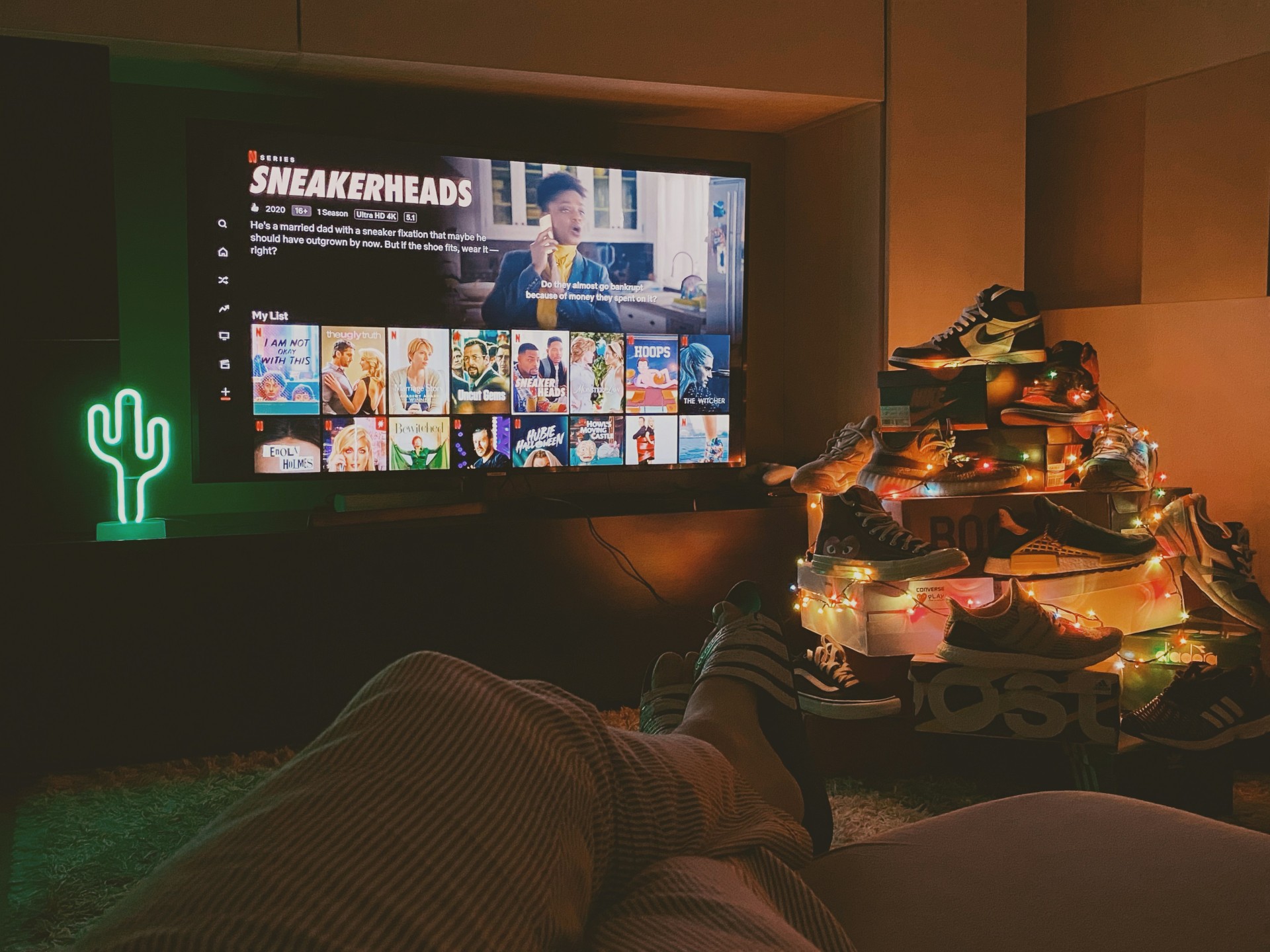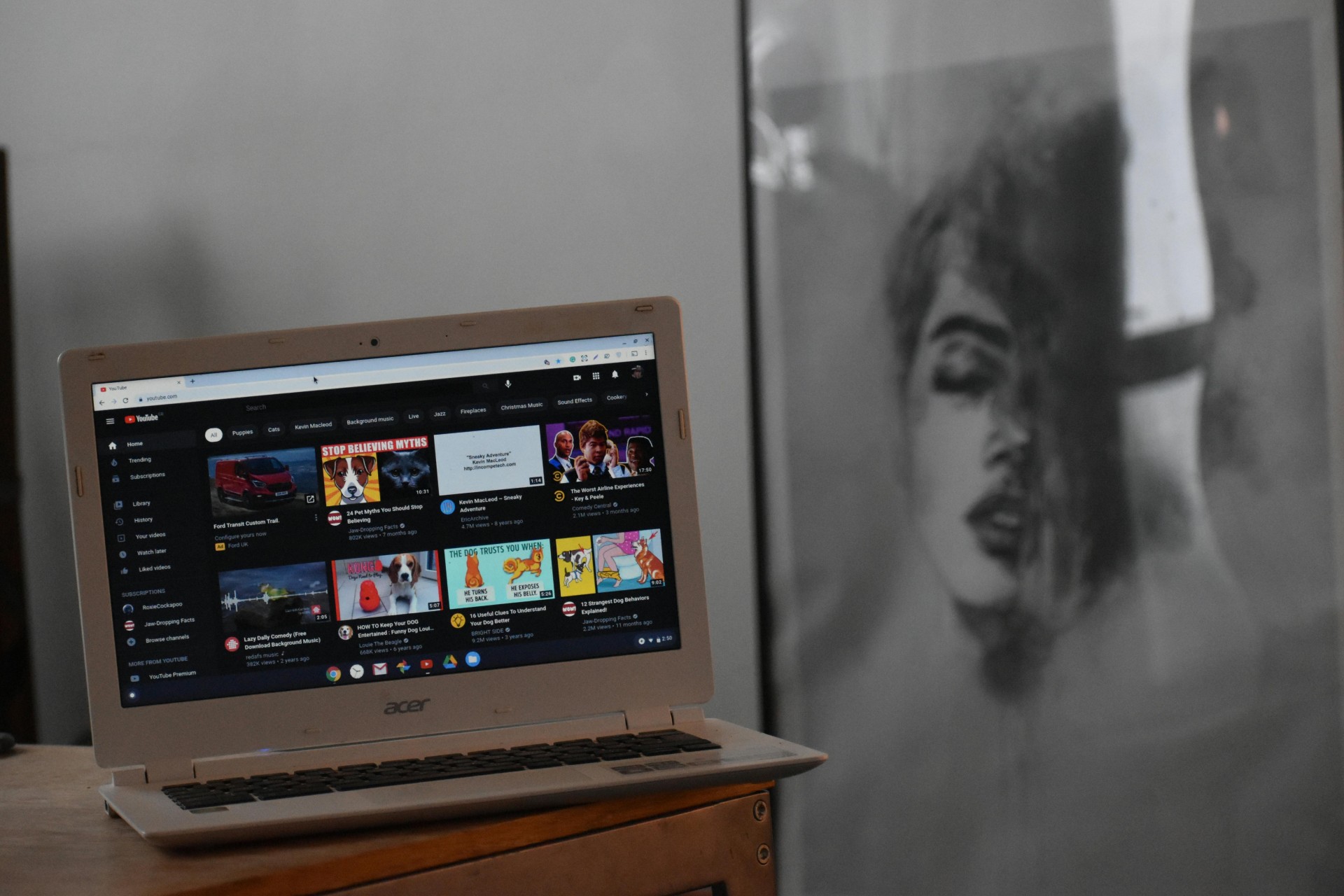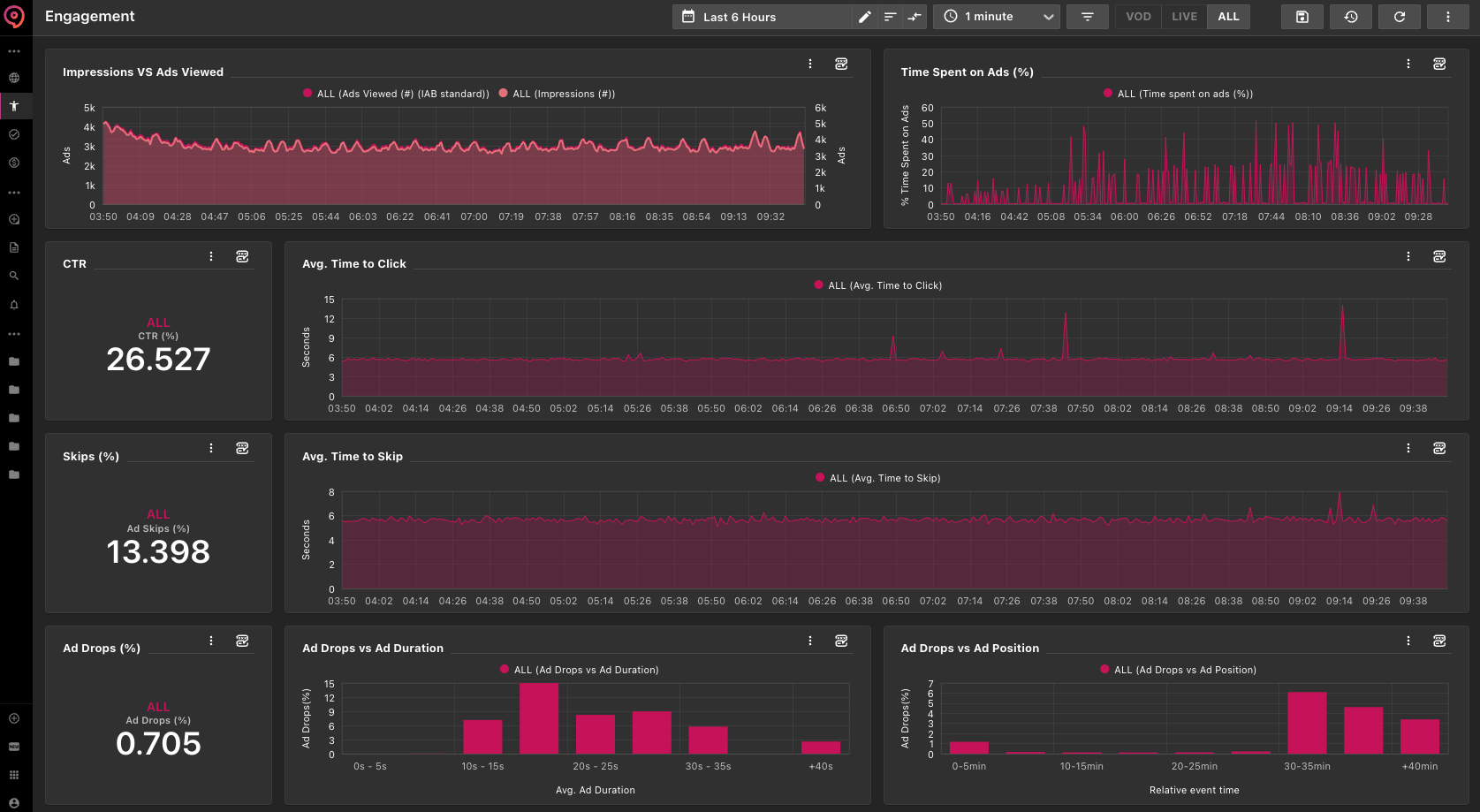With the rapid rise of streaming platforms, video advertising is shifting from traditional TV to OTT (over-the-top) platforms, where consumers now spend a significant portion of their viewing time.
OTT providers like Netflix, Disney+, YouTube, Prime Video and others offer advertisers a chance to reach cord-cutters and digital-first audiences, creating new opportunities—and new price structures—for video advertising. So what determines the cost of video ads on these platforms? Let’s deep dive and have a look.
How Streaming Ads Compare to Traditional TV
Streaming video ads offer more precise targeting and often a better return on investment than traditional TV ads. Several sources including Shoots.Video, Vidico.com and Mountain.com state that a 30-second US TV commercial during a prime-time slot can cost upwards of US$150,000, and it is often seen by a general audience with little control over targeting.
In contrast, a 30-second commercial on OTT platforms can cost between US$10 – $60 CPM (cost per thousand views). So for a tiny fraction of the cost, advertisers can run targeted ads to millions of streaming viewers, when compared to traditional TV advertising.
Streaming platforms also offer real-time campaign optimization, allowing advertisers to adjust targeting and creative elements mid-campaign, which is difficult with traditional TV spots. This flexibility allows brands to optimize their ad spend, making streaming a more appealing choice for many marketers.

The Evolution of Streaming Video Advertising
Streaming services or OTT (over-the-top) platforms, have become the go-to entertainment source for millions of users worldwide. For advertisers, the potential to reach a captive audience while they consume content on-demand is particularly attractive.
Let’s explore the factors that shape video ad costs on streaming services and the key elements driving these expenses
1. Platform Type and Audience Size
Different platforms offer varying levels of audience reach and ad pricing. Larger platforms like Hulu, YouTube, and Peacock have millions of viewers, and their ad rates reflect the size of their user bases.
Media buyers can purchase ad space across the entire Disney suite of streaming services – Disney+, Hulu, Discovery, ESPN+ and more. Hulu ads cost on average between US $10- $30 CPM. Prices vary depending on factors like the time of day, the type of content, and audience targeting options.
Netflix ad prices were as high as $60 CPM in 2022, but recent price slashes place their CPM in the region of about $30, as quoted by tech websites Digiday and Medium. On smaller or niche platforms, advertisers can pay less, with CPMs typically between $10 and $20.
For marketers, platforms like YouTube offer significant scale, with over 2 billion monthly active users, with a CPM of about $4 – $10. In comparison, Hulu, with its more selective audience, commands higher CPMs ($10 – $30) but offers higher engagement rates due to the premium nature of its content.
2. Audience Targeting
Advanced targeting options allow advertisers to reach specific audience segments based on demographics, behavior, and even past viewing history. This precision leads to more effective campaigns but also increases costs.
Platforms like YouTube allow advertisers to target users based on search behavior and content preferences, with pricing that varies widely depending on the specificity of targeting.
3. Content Exclusivity and Relevance
Many platforms offer advertisers the opportunity to place ads alongside specific types of content. For instance, brands can pay a premium price to run ads during popular TV series or major events like the Super Bowl. Hulu’s ad placements during live TV events, for instance, can be significantly more expensive, as advertisers know that engagement is likely to be higher during these must-watch moments.
Moreover, platforms like Peacock offer “binge ads”, which show fewer ads to users who watch multiple episodes in a row, enhancing the viewer experience. These ad formats can be more expensive due to their potential for greater recall.

4. Ad Frequency and Length
Advertisers can control the frequency and duration of their ads, which also affects the overall price. More frequent ad placements typically result in higher viewer recall but come at a premium cost. For instance, showing an ad multiple times within a single episode or movie may cost more due to increased exposure.
The length of an ad also plays a role. A 30-second ad will generally cost more than a 15-second ad but allows for more storytelling and branding opportunities. Shorter ads, like 6-second bumper ads on YouTube, tend to be cheaper but are still effective in driving brand recognition.
Tracking Ad Performance
The ultimate challenge of an advertiser is understanding how your ad spending is generating return on investment. When media buying on several streaming platforms, this is an even more daunting task. Managing multiple accounts, gaining visibility of ad costs, ad fill rates, and other ad quality metrics become crucial to business success.
At NPAW, we have developed Ads Analytics, an ad-server agnostic solution, built for tracking ads across any ad exchange or streaming video platform. Ads Analytics gives the user end-to-end visibility of their ads, ingesting ad performance metrics and presenting actionable insights via the NPAW Suite.

NPAW Ads Analytics
NPAW’s Ads Analytics aids in ad strategy optimization for revenue growth. For example, the platform helps businesses make the most of available ad slots. It tracks ad fill rate (the amount of ads displayed versus the number of available ad slots). It can analyze ad positions relative to ad costs, to increase viewability and user tolerance. Advertisers can optimize their budgets based on these insights.
A Seismic Shift in TV Advertising
For marketers looking to capitalize on the shift from traditional TV to digital viewing, investing in streaming video advertising is becoming a key part of the modern media strategy. As streaming continues to dominate the media landscape, advertising options on these platforms will continue to evolve, likely offering even more granular targeting and innovative ad formats in the future.
Visit our section on Ads Analytics to learn more, or request a demo to see the NPAW Suite in action.

